Table of Contents
Hormones as Messengers and Regulators:
Hormones are described as chemical messengers or informational molecules. These are secreted by the endocrine cells in response to changes in the external or internal environment and carried by the blood to stimulate or regulate the specific physiological process of the target cells. Hormones also help in keeping the internal environment of the body constant. Hormones maintain homeostasis by their integration action and feedback control.
Integrated Action of Hormones:
Hormone or hormones secreted by one endocrine gland affect the functioning of some other endocrine gland and control the amount of hormone secreted by it. For example, hormones secreted by the hypothalamus initiate or suppress the secretion of hormones by the posterior pituitary gland. The hormones secreted by the pituitary gland control the action of the thyroid and adrenal glands of the human body.
Hypothalamo-Hypophysial Axis:
The posterior lobe of the pituitary arises from a part of the embryonic brain called hypophysis. It maintains a close connection to the hypothalamus, the part of the midbrain. This part of the brain is rich in neurosecretory neurons. These secrete precursors of oxytocin and vasopressin. These enter the posterior lobe of the pituitary gland and are activated. The hypothalamus also produces several short-chain polypeptide hormones called hypophysiotropic factors. These stimulate the anterior lobe of the pituitary. Thus action of the hypophysis or pituitary gland is directly or indirectly under the hypothalamus’s control. This association of these two endocrine glands forms the hypothalamo-hypophysial axis. It is responsible for exerting overall control of the endocrine orchestra of the body.
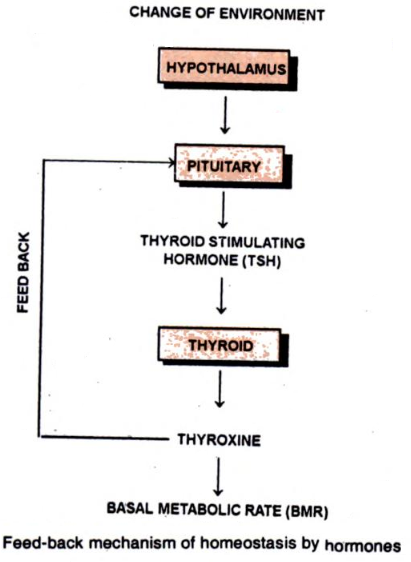
Feedback Controls of Endocrine Hormones:
Both hyper and hypoactivity of an endocrine gland produce structural or functional abnormalities or diseases. Therefore, the normal functioning of endocrine glands and the level of hormones in the body need to be regulated. This is possible by feedback control. The feedback control may be positive or negative and may operate in any one of the following ways:
(1) Feedback Control by Hormones- Hypothalamus is stimulated by some external stimulus and produces a releasing hormone. This stimulates the anterior pituitary to secrete a specific hormone, say thyrotropic hormone or thyroid stimulating hormone (TSH). Now TSH stimulates the thyroid gland to produce the hormone thyroxine. If the level of thyroxine in the blood is high, it exerts a negative feedback effect on the hypothalamus and anterior pituitary. The hypothalamus secretes less thyroxine-releasing hormone and in turn less thyroid-stimulating hormone respectively.
If the level of thyroxine is less than normal, it stimulates the hypothalamus to produce more thyroid-stimulating hormone-releasing factor (TSH-RF). This causes the release of more TSH by the anterior pituitary lobe. In turn, TSH will excite the thyroid to produce more thyroxine to raise its level in blood. This type of feedback mechanism is called the positive feedback mechanism.
(2) Feedback Control by Metabolites- The level of metabolites also affects the secretion of certain hormones. For example, after a meal, the glucose level of the blood rises which stimulates the secretion of insulin to act on it. With the fall in glucose level in the blood, a decrease in insulin level takes place. In this way, insulin maintains blood-glucose homeostasis.
(3) Feedback Control by Nerves- Emotional stress stimulates the sympathetic nervous system. In turn, sympathetic nerves of the adrenal gland stimulate the adrenal medulla to produce adrenalin hormone. This leads to an increase in blood pressure, heartbeat, and rate of respiration. When the emotional stress is over, the sympathetic nerve signals to stop the release of adrenalin.
Nerves also control the secretion of some hormones and help in maintaining homeostasis in an internal environment.
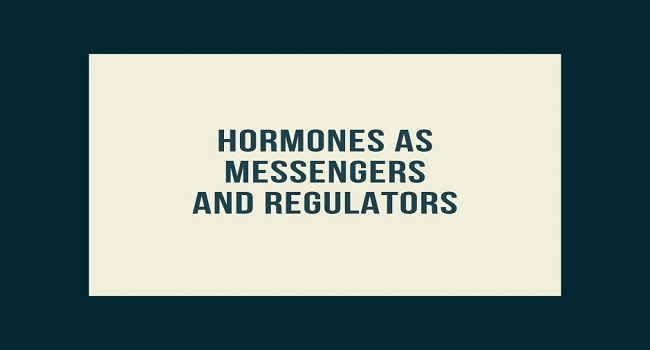
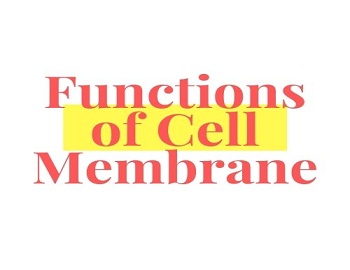
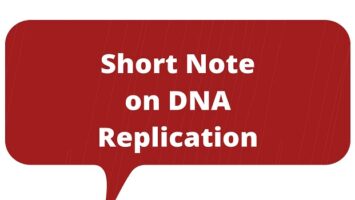

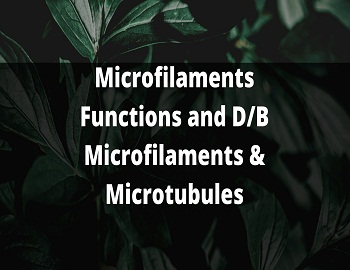
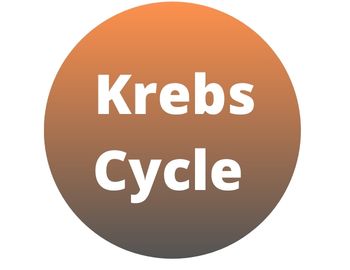

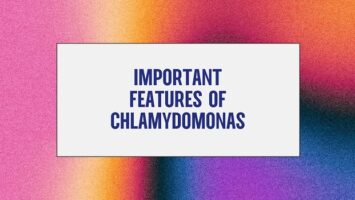

Comments (No)